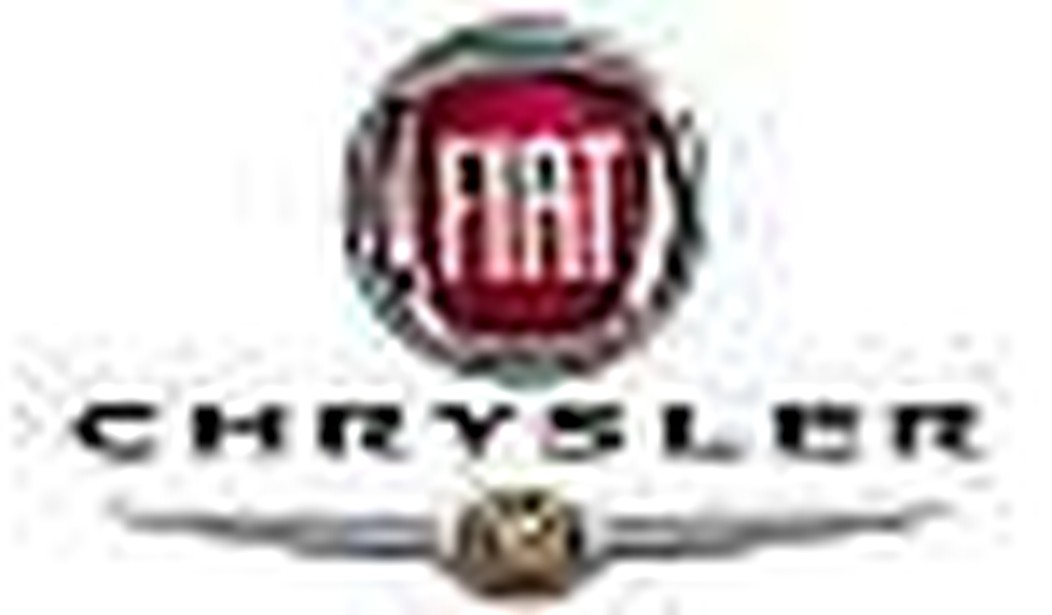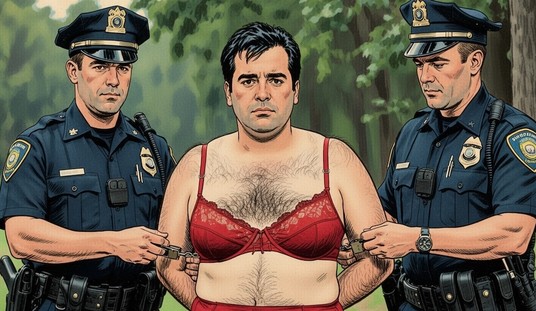Nearly 20 years ago, former Chrysler president Bob Lutz and I had a nice chat after a memorable dinner at Stars restaurant in San Francisco. With an after dinner drink in one hand and a cigar in the other, Lutz talked about the coming resurgence of Chrysler. Not remarkably, the venerable automaker was on the ropes financially, with an aging product lineup of K-cars that Lutz described as “unremittingly rectangular.”
Bob was quite upbeat, despite the dire news in the business and trade media about Chrysler’s woes. When I asked how he could be so positive, he replied that Wall Street had written them off, so he and colleagues like designer Tom Gale were free to concentrate on new products and not worry about quarterly profit. I asked what he thought of the speculation that Fiat might acquire Chrysler. Lutz laughed in response and thought that would be a crazy idea.
So here we are in 2009 with Lutz at General Motors, Gale retired, and the current management of Chrysler dying to tie the knot with the little car company from Italy. Of course at this point Chrysler’s owner, Cerberus Capital Management, and its investors would gladly bequeath the automaker to anyone with six figures in a bank account and an American Express card with a decent line of credit.
Reasonable people might conclude that the few Chrysler veterans who remain with the company would hardly welcome another cross-the-Atlantic joining of two very different car cultures. Chrysler people went to that 1998 movie titled Merger of Equals, starring Jürgen Schremp, Dieter Zetsche, Robert Eaton, and a cast of (mostly German) thousands. The comic/tragic plot that produced DaimlerChrysler didn’t end well and there’s little reason to believe that FiatChrysler will play any better in Peoria or Motown.
From a product point of view, combining Chrysler’s trucks, SUVs, and minivans with Fiat’s small and midsize cars makes sense. Back in ’98, Daimler was sure that Chrysler’s bread and butter offerings would blend nicely with its loftier Mercedes-Benz. But alas, synergies don’t just happen — especially when things like culture, laws, language, and distance separate the two dance partners.
Then there’s the money. Fiat has a bit more than Chrysler, but in major automaker terms, it’s a degree of poverty. The Italian company has its own history of fortune turning to famine and while it’s currently turning a small reported profit, Fiat’s debt has jumped to three times its recent forecast to $8 billion. So to make this union work, we (you and I) have to loan Chrysler another $3 billion so Fiat can own 35% of Chrysler.
At this point, one might wonder just what’s in it for us taxpayers. Optimists will tell you that we keep 50,000 or so direct employees working and perhaps another 500,000 or so indirect people (suppliers, dealers) off the dole. And we get that terminally cute Fiat 500.
While saving jobs is an admirable goal, when you dig a bit into the shadowy details of this deal, it is quite fascinating. To start with, Fiat gets its initial 35% stake in Chrysler by simply providing access to its car lineup. If things work well, according to press reports, Fiat has an option to acquire 55%, or controlling interest in Chrysler for an alleged additional $54 million. Since Daimler spent $38 billion to acquire Chrysler, back when billions seemed like really big numbers, there may be a few eyebrows raised in Germany these days.
Of course Fiat isn’t buying the same Chrysler that Daimler purchased. Back in 1998, the two companies were nearly equal in size, talent, and profitability. Today, Chrysler is a shadow of its former self. The money guys at Cerberus stripped away Chrysler Financial so that’s not part of the deal. And to add a further note of irony, after we bailed out the financial company by lending it $1.5 billion, it has lent precious little to car buyers. Apparently, Chrysler Financial has better things to do with its capital.
Even Chrysler’s iconic headquarters building, complete with product development and a test track facility doesn’t belong to the automaker. That would be another Cerberus spin-off and a deal so sweet that it’s on the books for far less than its appraised value. According to a report in the Wall Street Journal, the 458 acre campus was acquired by Cerberus for $325 million. At the time, Chrysler’s book value for the property was $800 million and a year earlier, Daimler was offered $1.2 billion for that very same real estate. One can only wonder what other deals lurk in the volumes of accounting footnotes.
Chrysler has recently negotiated an arrangement with Nissan that would have the Motown manufacturer build trucks for the Japanese company and get Nissan’s small and midsize car products. So why not a marriage of these two (three if you include Renault) automakers? The answer may be the financial risk of Nissan/Renault stretching itself too thin and the automaker’s understandable reluctance to acquire the UAW union with its seniority structure and work rules.
So if Chrysler is to be saved, it looks like we taxpayers had better pony up the $3 billion and hope for the best. But for my small part of this ownership, the minute Fiat exercises its controlling option, we get our bailout loans paid back with interest. When that happens, I might celebrate by zipping around in a U. S. produced Fiat 500. Arrivederci!









Join the conversation as a VIP Member